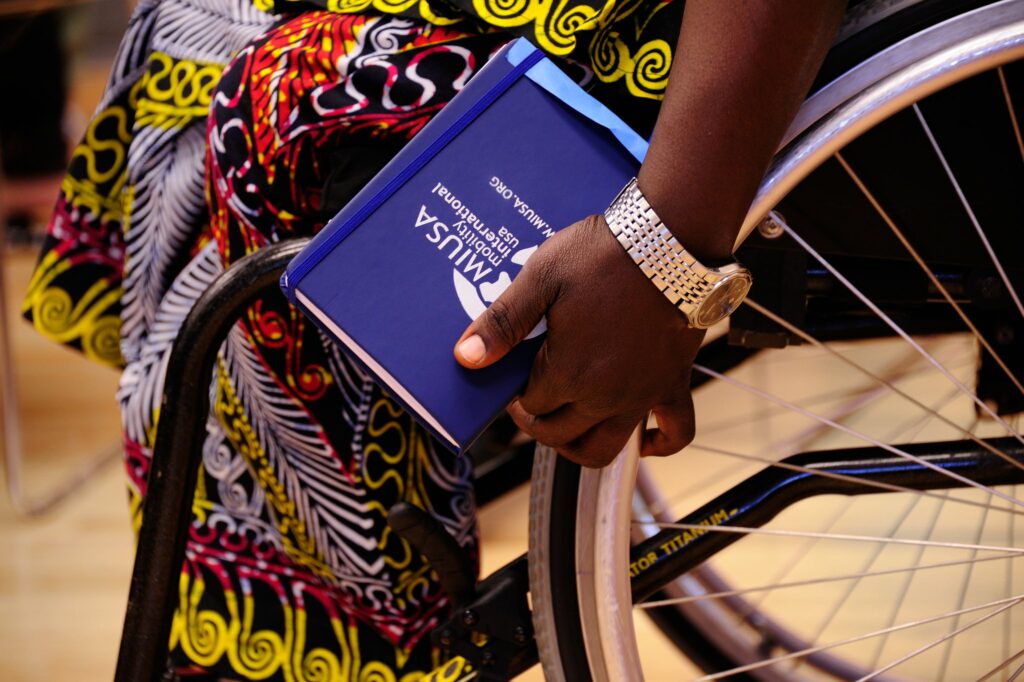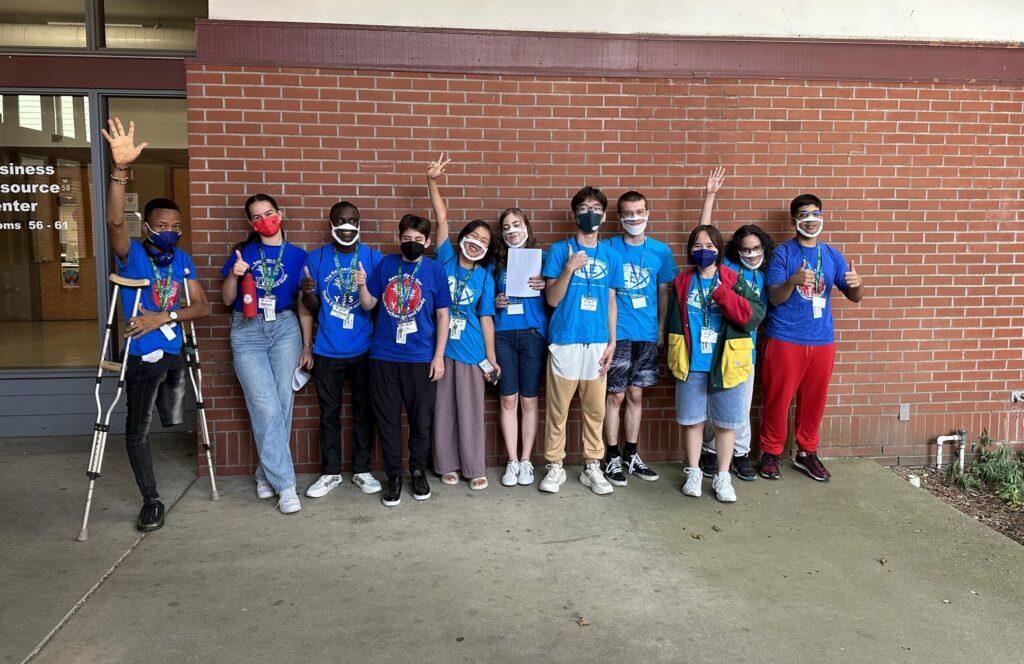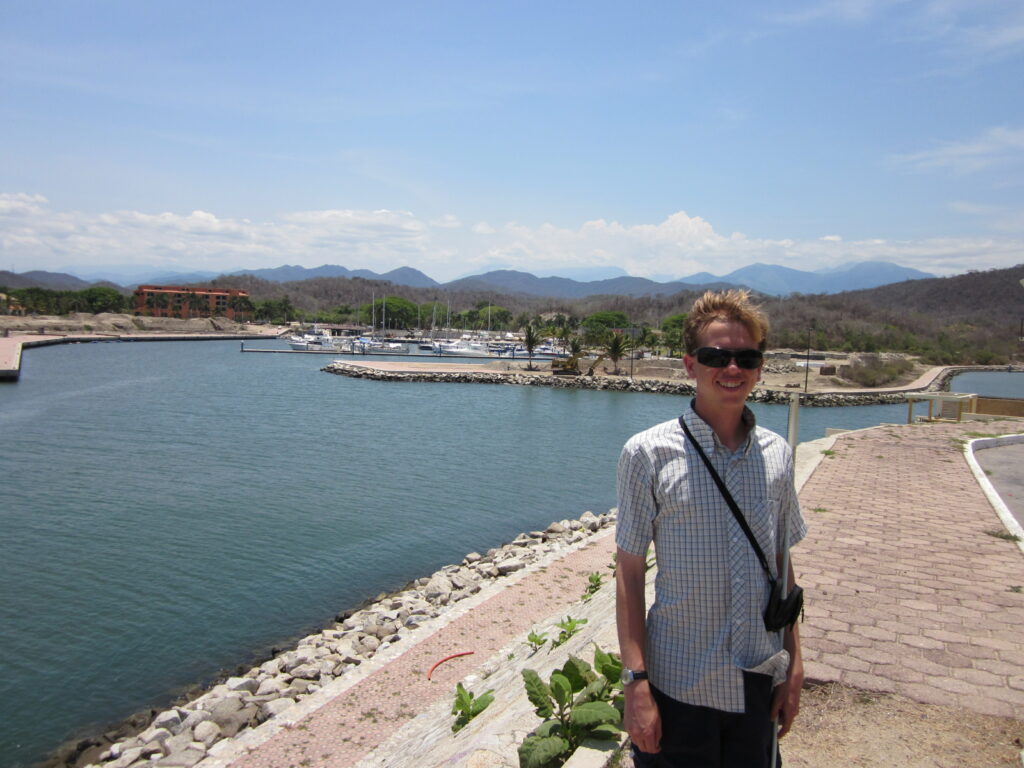The first time I visited the MIUSA website and found resources from the National Clearinghouse on Disability and Exchange (NCDE), my first thought was: I wish I knew about this organization when I was preparing to study away! Little did I know that I would soon be invited to present with the NCDE on my experience and takeaways at the 2019 Council on International Educational Exchange (CIEE) Conference.
I remember being a freshman at New York University and just realizing that I needed to study abroad for a semester. I had decided to major in Global Public Health with a concentration in Sociology, but studying abroad was not just a major requirement for me. It was also a great opportunity to learn more about the accessibility culture in another country.
Doubts began to test my determination. Having grown up in the Dominican Republic, I knew that accessibility was not the same from one country to the next. After moving to the United States at the age of 8, I had grown accustomed to the rights that the Americans with Disabilities Act (ADA) of 1990 afforded me as a disabled wheelchair user. Although there is still work to be done to improve accessibility in the United States, I knew from experience that my access and ability to be part of society was much easier because of it. I realized that I needed a lot of information before I studied abroad.
My study abroad process was not simple, and here are 4 takeaways from my experience that can help with inclusivity:
I waited until my senior year to study abroad because whenever I went to information sessions, the student panels and online information never had information about the accessibility of the exchange opportunities. After going to numerous information sessions and asking questions, the only answer or suggestion was to go to the center for students with disabilities, which I did. After a lot of research and conversations with my disability specialist, I decided to study in London because it was one of the most accessible sites.
Once I got accepted and attended the New York orientation for London, one of the first things I noticed was that the picture in the presentation was of the front entrance of the academic center…with steps! I approached the presenter who was supposed to be the site expert. They were not sure about the accessibility and suggested I go to the Center for Students with Disabilities. This is where I learned that the entrance was made accessible through the use of temporary ramps.
The truth is that the Center for Students with Disabilities was instrumental in making sure I had the resources and information I needed to study in London. But my experience with the study abroad process felt alienating due to my need for understanding and addressing accessibility concerns.
I studied in London as the site’s first NYU London Global Equity Fellow which required among other things coming up with a project to improve Diversity, Equity, and inclusion (DEI) resources for students at the site and those planning to study abroad there. People from diverse backgrounds and identities experience disability and it is important that disability is included in these DEI initiatives.
I created what I called a “London Access Culture Guide” to help students with disabilities understand what access looks like in London by providing basic accessibility information. The guide provides relevant information about living in London, which is already provided to students during orientation, but this guide includes an accessibility component. The information included in the guide is available to anyone through research, but putting it all together gives students a place to start and an opportunity to think of questions they want to ask.
Encouraging students to be a part of improving resources by being involved in diversity, equity, and inclusion (DEI) initiatives is a great way to understand what students want and need to know before studying abroad.
I created a separate guide for students with disabilities to understand different types of disability access components of their study abroad experience, but I strongly believe that accessibility information should be included in the general resources provided to all students.
Often the approach to accommodations is extremely individualized and the support focuses on individual needs and concerns for access. This model might work for traditional aspects of studying abroad such as students’ academic needs, accommodations, residential needs, and logistics. But it doesn’t incorporate the bigger picture of living and socializing in another country.
In my exchange program for example, being fully engaged required getting from point A to point B, and that meant using public transportation. Adding a link to accessible transportation options in the host city would be a way to provide all students with general access information.
Although I understand that there is an individual aspect to accommodations there are things that could simply be included as part of the basic information offered to students.
I spent my first month in London under the impression that 85% of the local establishments in the neighborhood in which I lived and studied were inaccessible to me. Most places had a step or two at the front entrance, and as a wheelchair user, I saw that as a clear sign that I could not go in. Later, I learned that most places had a small bell for people to push to inform staff of someone outside needing assistance. These establishments would place a temporary ramp over the steps to provide access. Some places have a sign with a bell, but others don’t. This means that one cannot assume that a place is inaccessible by its appearance. The best way to be sure is to ask.
London is an accessible city, but how access is provided may differ from procedures in the US. It can be useful to understand the ways in which access for people with disabilities is provided. Students need to decide whether the access culture of the study away site they are interested in is something they’d be willing to learn to navigate.
Study abroad programs don’t have to be 100% accessible in order to be an option for students with disabilities. Students just need clear and honest information about the possible accessibility challenges they may face so that they can make an informed decision on whether they want to participate. And that concept is something programs already take into account for non-disabled students.
Johileny Merán (she/her/hers) graduated from New York University in May of 2019 with a Bachelor of Arts in Global Public Health with a concentration in Sociology and a minor in Disability Studies. Johileny hopes to combine her education in Global Public Health with her passion for disability rights. During her undergraduate studies, Johileny served as Co-President of the NYU Disability Student Union. She believed that including disability in the diversity conversations on campus was crucial to improving accessibility on campus. In the summer of 2018 she was an American Association of People with Disabilities (AAPD) intern at the National Disability Rights Network, an opportunity she applied for while spending a semester studying away at NYU Washington, DC. Later she went on to study abroad at NYU London where she created the “London Access Culture Guide.” Johileny Merán is a young Afro-Latina with a disability and a Dominican immigrant. Johileny joined the NCDE team at Mobility International USA in March 2020. Read her full bio here.
Sign up for our E-News






Manage Your Privacy